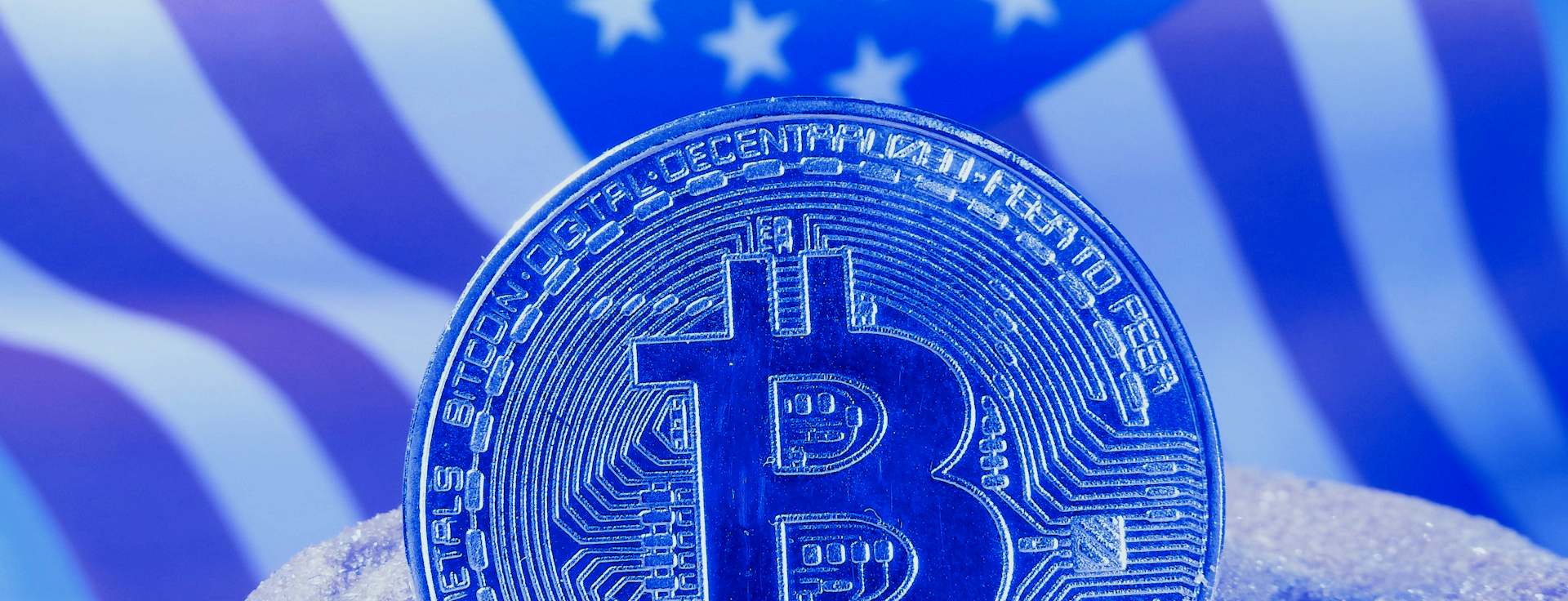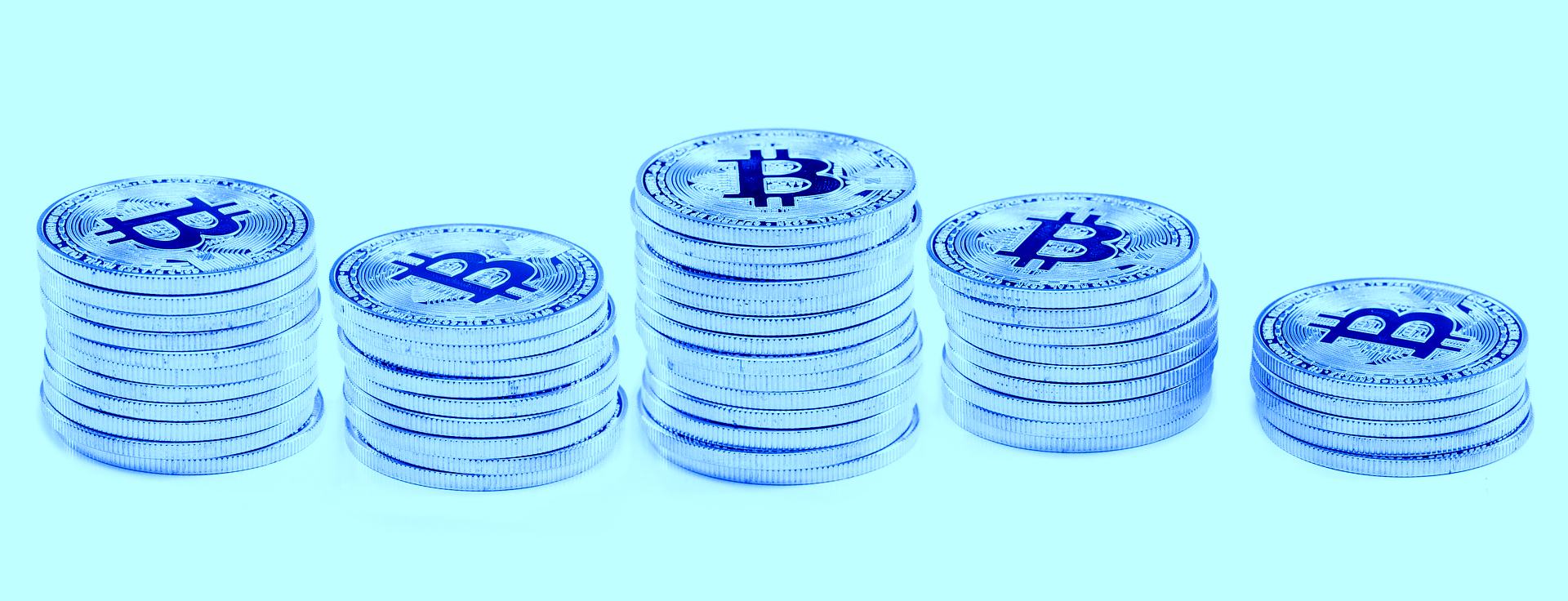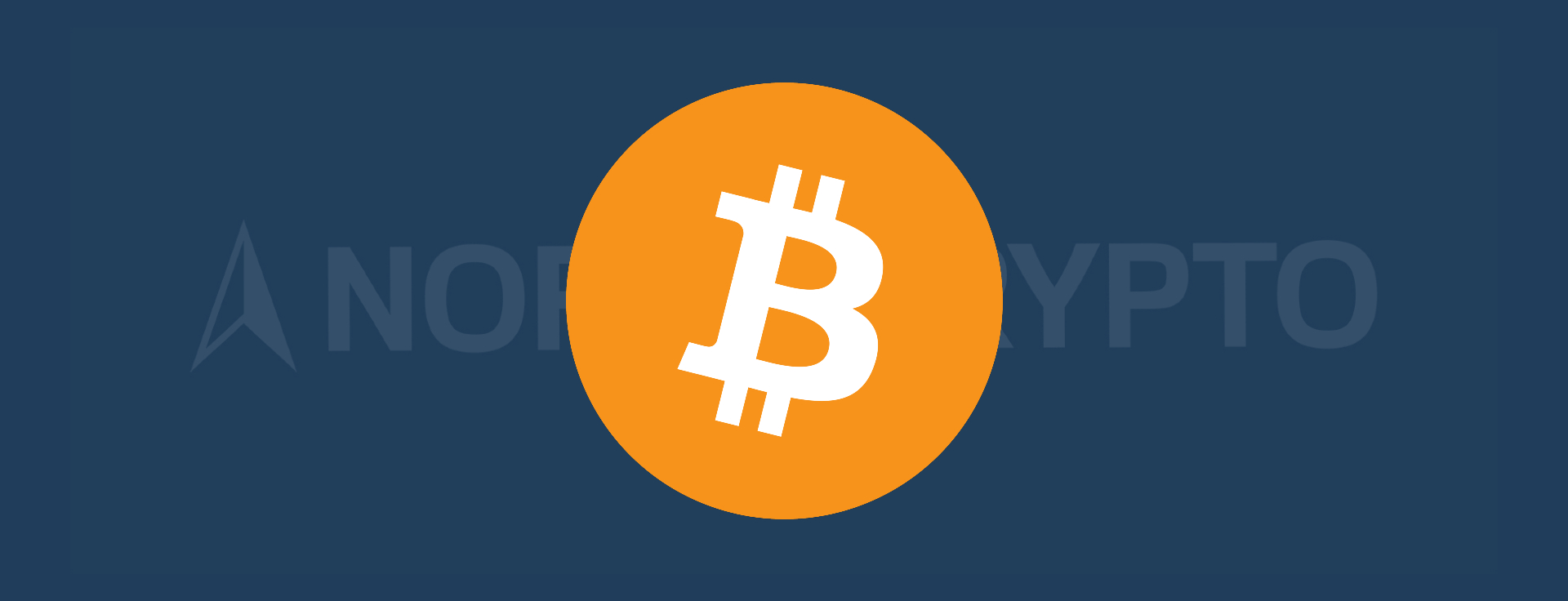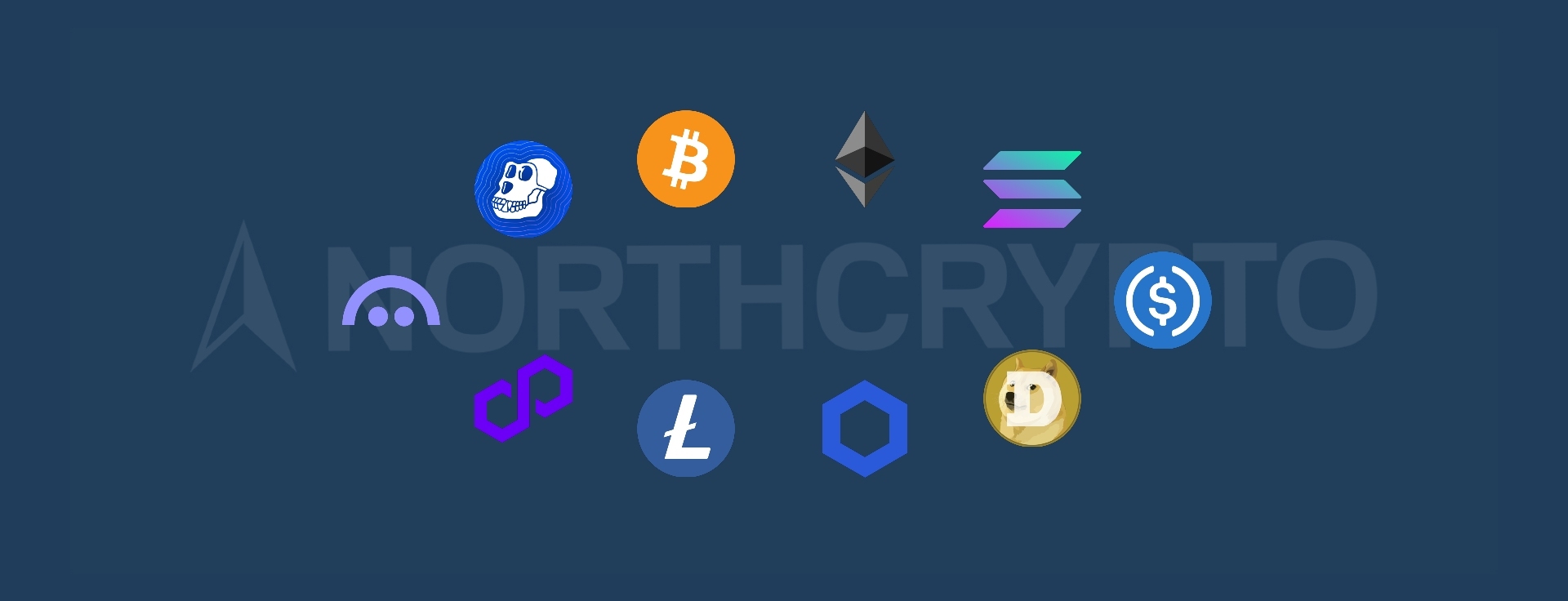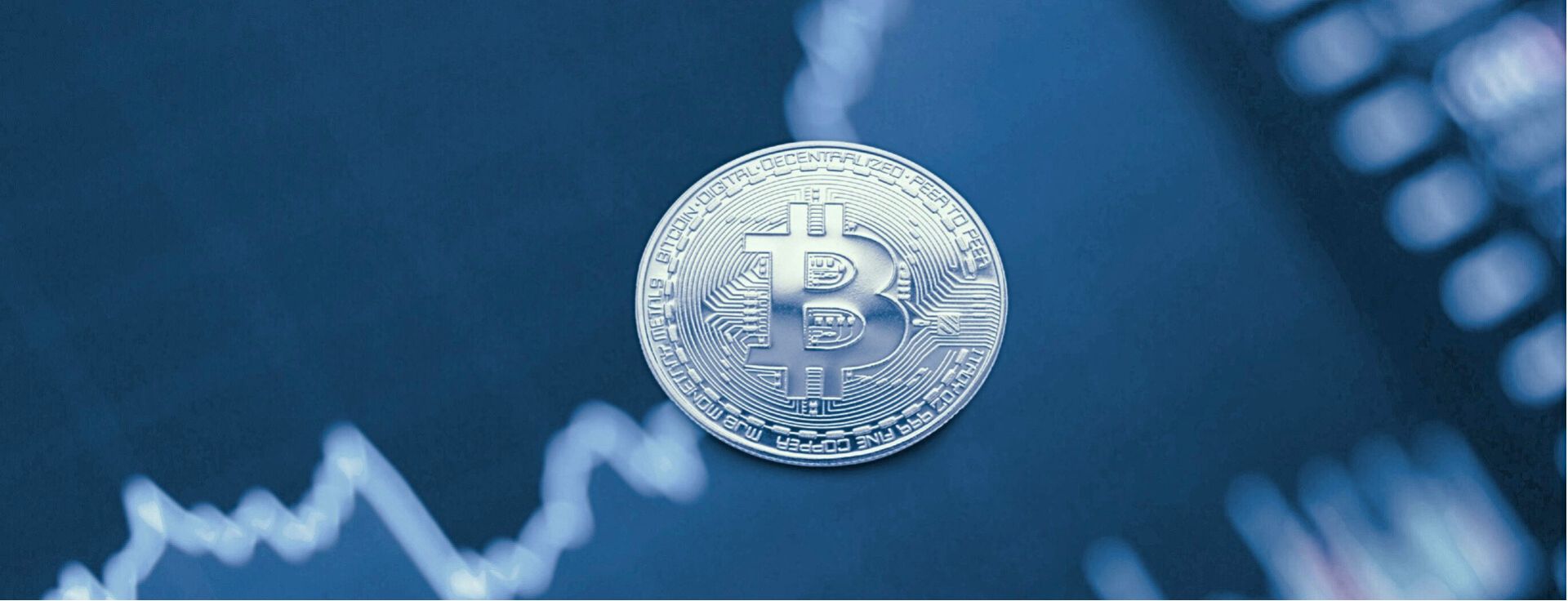
This blog text goes through the journey of Bitcoin becoming the best investment of the past decade. In addition to this, the price history and features of Bitcoin are utilized to consider whether Bitcoin can also be the best investment of this decade.
Bitcoin – the best investment of the past decade
Bitcoin has emerged several times as the best investment of the past decade. Although the price history of Bitcoin contains a lot of volatility, meaning that price movements are large both upwards and downwards, owning bitcoin has historically been clearly more profitable over a longer period of time than any other asset class, which can be seen, for example, in the following figures.
Average annual returns of asset classes 2011–2023 (May):
- Bitcoin: 150.6%
- S&P 500 stock index (SPY): 12.2%
- Gold: 2.2%
- US Total bond market (BND): 1.9%
The early years (2009–2012) of Bitcoin
Although the Bitcoin network started in January 2009, bitcoin trading was scarce and challenging in the early years. The first bitcoin purchases and sales took place in the early days of Bitcoin as direct trades between users. According to current information the first trade between bitcoin and fiat currency took place in October 2009 on the BitcoinTalk forum. At that time, 5,050 bitcoins were sold for $5.02, which means that the price of one bitcoin was around $0.001.
- In July 2010, the first known Bitcoin exchange, Mt. Gox, started operations, and that year the price of Bitcoin hovered in cents and tens of cents.
- For the first time, the price of Bitcoin rose to one dollar in February 2011.
- The price of Bitcoin rose to ten dollars for the first time in late 2012. At the end of the same year, the first Bitcoin block reward halving also occurred.
The first post halving cycle 2012–2016
- The Bitcoin block reward was halved in November 2012 from 50 bitcoins to 25 bitcoins.
- The first halving was followed by a bull market, with the price of Bitcoin rising from around $13 in early 2013 to over $1,000 in December 2013.
- The most significant price crash of the first cycle occurred in early 2014 when the hack of Bitcoin exchange Mt. Gox sent the price of Bitcoin plummeting to a low of nearly $100.
- 2015 was quieter in terms of price movements than previous years, as the price of Bitcoin was around $200-$450 throughout the year.
- The price of Bitcoin was on an uptrend in early 2016, followed by the second halving of the Bitcoin block reward in the summer of 2016.
The second post-halving cycle 2016–2020
The Bitcoin block reward halved from 25 bitcoins to 12.5 bitcoins in July 2016, thus beginning the second cycle of Bitcoin. From around $650 at the time of the halving, the price of Bitcoin rose to nearly $1,000 by the end of the year.
Like 2013 after the first halving, the year 2017 after the second halving was very positive for the price of Bitcoin. The price of Bitcoin rose from around $2,000 in May 2017 to nearly $20,000 in December 2017. The rise of 2017 can be seen to have brought Bitcoin to the attention of a wider public for the first time.
- As in the previous cycle, a year of strong gains was followed by a year of decline, with the price of Bitcoin falling to around $3,700 at the end of 2018.
- In 2019, the price of Bitcoin rebounded from the previous year's decline, ending up at just over $7,000.
The third post-halving cycle 2020 –>
The Bitcoin block reward halved in May 2020 from 12.5 bitcoins to 6.25 bitcoins. After the halving, the price of Bitcoin moved almost sideways until October, when the price began to rise, resulting in the price surpassing in December 2020 the price record of just under $20,000 set in late 2017.
The rise continued strong until April 2021, when the price of Bitcoin traded at around $65,000. However, there was a significant price crash in May as a result of, among other things, China's decision to ban Bitcoin mining in the country. As a result of the collapse, the price of Bitcoin fell below $29,000, from which it rose to over $69,000 in November, especially as a result of the positive October. However, the rise was short-lived, and as a result of general economic uncertainty and elevated inflation at the end of 2021, among other things, the price of Bitcoin fell to around $46,000 at the end of the year.
After 2021, which led to new record prices, Bitcoin faced a year of decline in 2022. The decline in the crypto market during the year was influenced by both internal and external factors of the cryptocurrency market. Within the crypto market, the decline was driven by the collapse of cryptocurrency exchange FTX and the Terra ecosystem.
The first half of 2023 has been a positive time for the price of Bitcoin as a whole, as at the time of publishing the blog text, the dollar-denominated price of Bitcoin has risen by almost 60 percent since the beginning of the year.
Bitcoin – the best investment of this decade?
As can be seen from the price history of Bitcoin discussed above, the price of Bitcoin has so far always started to rise before halving, and after halving, the rise has accelerated. After reaching the peak of the rise, the following year has always been a year of decline. As a result, the price of Bitcoin has followed the same pattern so far: three years of gains followed by one year of decline. At this point, however, it is good to remember one of the key principles of investing: the past is not a guarantee of the future.
However, if this historical pattern in the price of Bitcoin were to be repeated, the situation looks very favorable for those considering buying Bitcoin at the moment, as the previous year, 2022, was a year of decline. On top of that, the Bitcoin halving, which has historically led to an ever-accelerating bull market, is approaching and is taking place in late April 2024 according to the current estimate.
In the 2020s, Bitcoin has been compared several times to gold which is thought to be a store of value, and many see Bitcoin as the digital equivalent of gold. For example, according to a report published last year by US bank Goldman Sachs, Bitcoin is likely to continue to take gold's market share in the store of value market.
How does Bitcoin differ from gold as a store of value today and in the near future? New bitcoins are currently mined in such a way that the supply of bitcoins has increased over the previous year by about 1.76 percent. This is very close to the relative amount of gold mined annually, as the supply of gold has increased by an average of about 1.83 percent per year over the past ten years. Even though those numbers are close, this means that Bitcoin can be already considered a scarcer investment than gold.
Thanks to the set-in-stone rules of Bitcoin, such as the block reward halving every four years or so, Bitcoin will only become a scarcer investment in the future. During the four-year cycle starting from the next halving, the supply of bitcoins will only grow annually by an average of about 0.82 percent, which is likely to make it a much scarcer investment than gold. Only time will tell if the ever-increasing scarcity of Bitcoin will make it also the best investment of this decade.
Ville Viitaharju Cryptocurrency specialist Last updated: 20.06.2023 12:22

